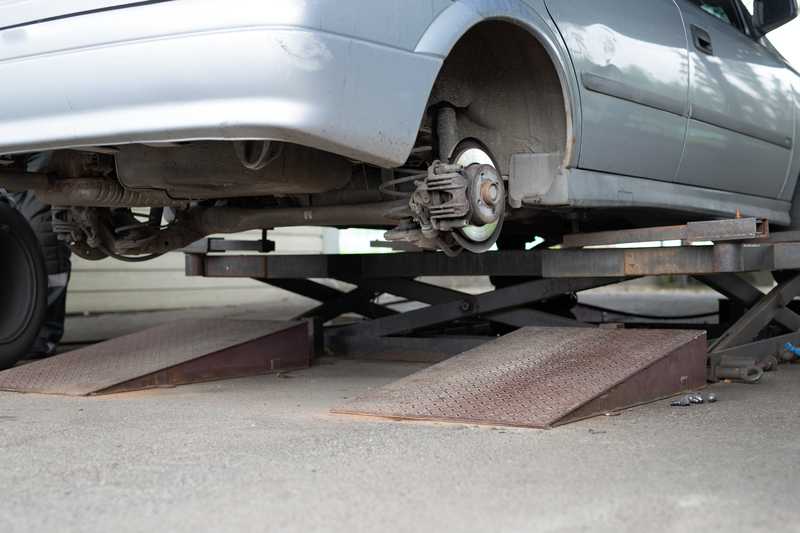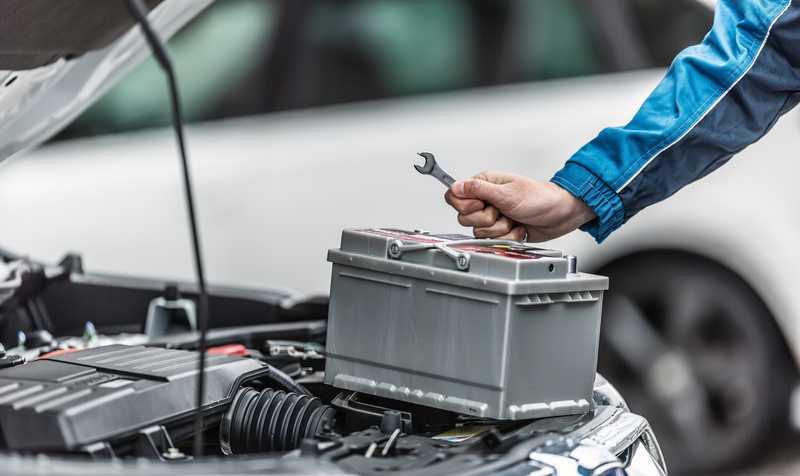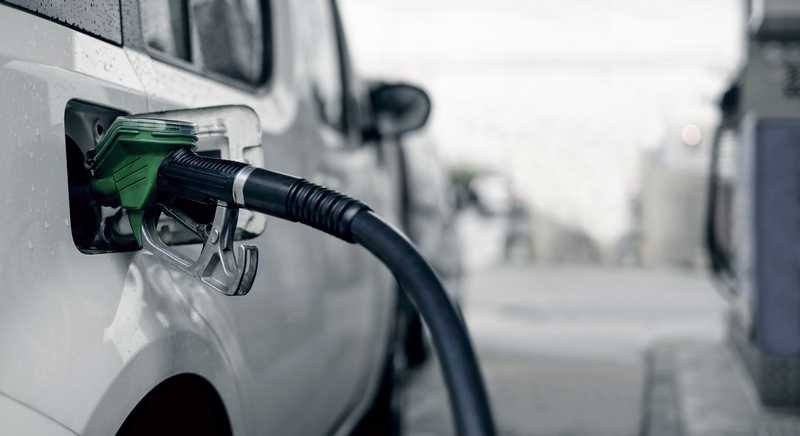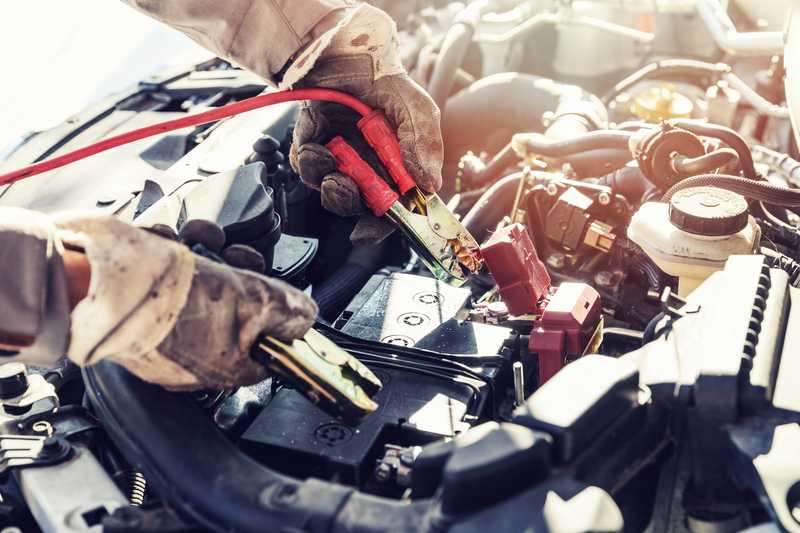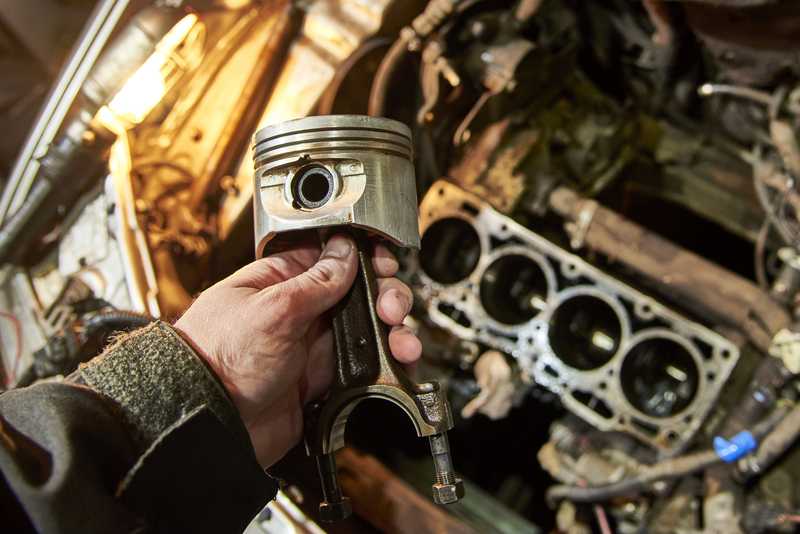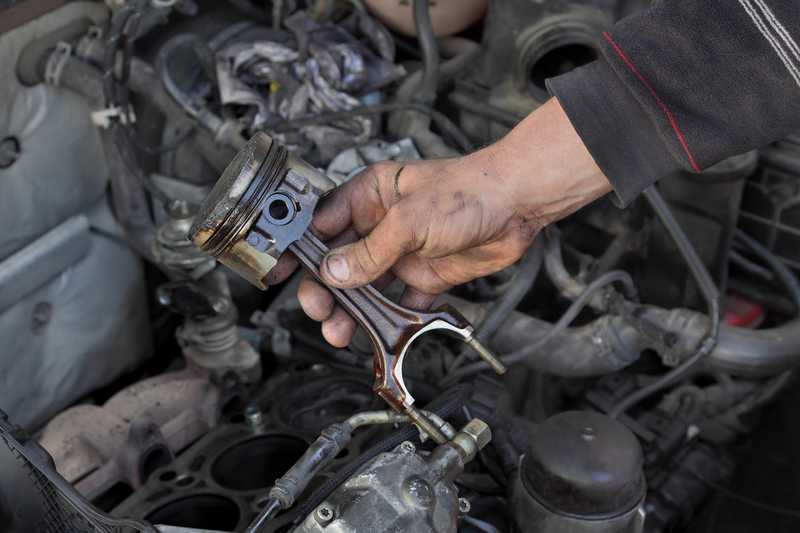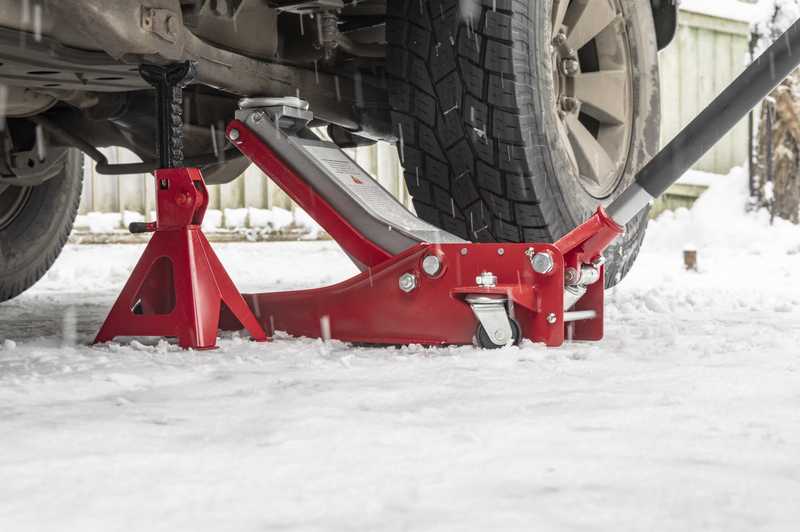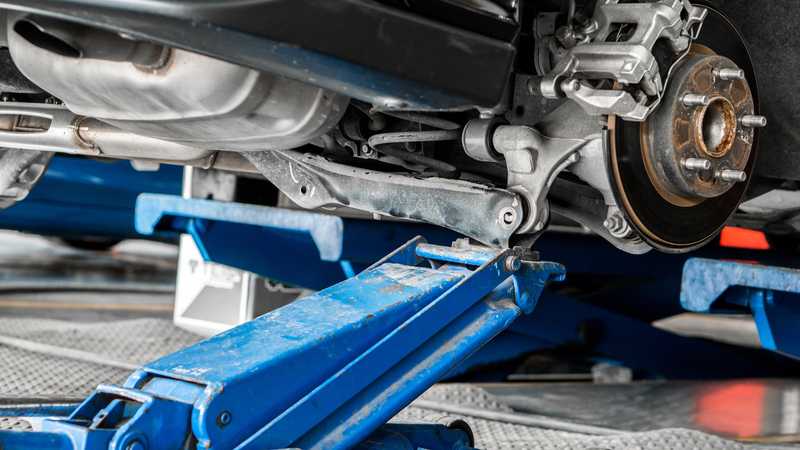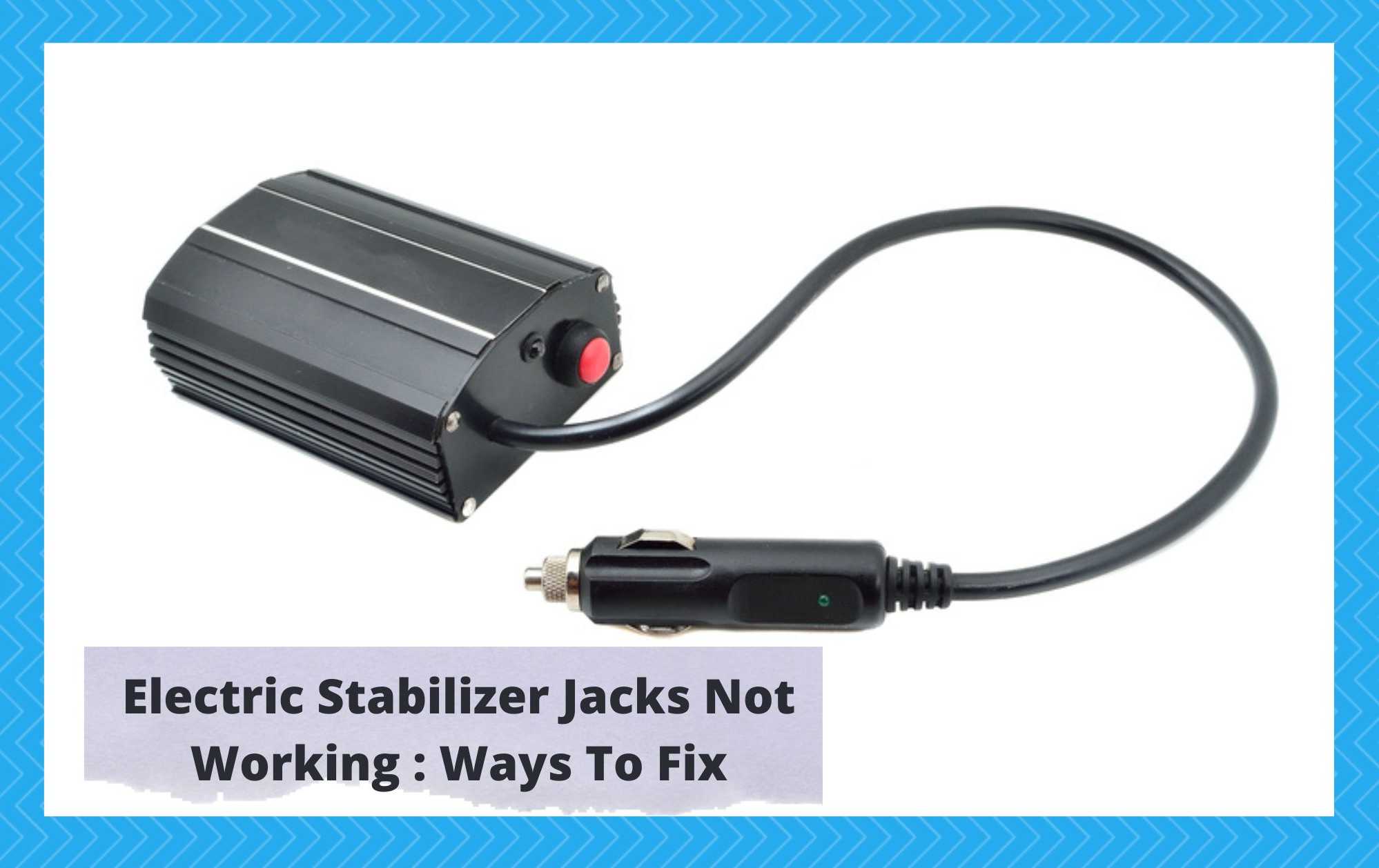
Introduction
Stabilizer jacks are some of the unsung heroes of the RV industry. However, contemporary models are heavy and complicated vehicles which require a proper set-up to function optimally. Therefore, when jacks fail to operate as expected, there can be some serious issues with RV performance.
This article will highlight the most significant problems associated with electric jacks and how to address them adequately.
Electric Stabilizer Jacks Not Working
1. Faulty Seals
Vehicle jacks typically use hydraulic systems to create a vast amount of force with a relatively compact and lightweight tool. These systems utilize the properties of liquid and simple physics to create massive force with very little energy.
This is true of electric jacks too. They traditionally use a minute pump system to push fluid through metal tubes to generate the necessary pressure. There are well-used systems within the RV industry. They are practical, cheap and relatively simple mechanisms that are highly effective at their job. However, they are susceptible to malfunction.
A key component and arguably the Achilles heel of these powerful components are the rubber seals that hole the liquid and, by extension, the pressure for the hydraulic press to function. The clever design often uses hydraulic fluid to continually lubricate the seals to help them last for long periods of time.
Unfortunately, over time, these seals will perish over time and eventually need to be replaced. Hence why they are a typical element to inspect should the jacks fail to function as expected. Most often, the symptoms of damaged or worn-out seals will be leaking a tiny amount of fluid near the head of the piston.
Additionally, longer-term slow degeneration will also produce a fault jack that may appear to be more limp than normal. Leaking seals can allow air to enter the internal environment, preventing the press from extending fully. There are key indicators that will become apparent when this fault occurs.
2. Power Issues
Like a growing number of components in contemporary RVs, they require electrical power to function. This will not come as a surprise because annually, creating hydraulic pressure in the cold and rain while trying to enjoy a holiday doesn’t sound very appealing.
More luxurious RVs are likely to have integrated systems which are fixed to the bottom of the RV that are fully compatible and are often self-leveling. However, with additional complexity comes more difficult problems.
RVs are packed with technology which is most often powered from onboard leisure batteries or a mains power hook-up. Between these two systems, there are several potential sources of power issues.
One of the two most common is simply there is not enough power to operate the jacks. The best method of diagnosis would be to inspect other electrical components within the RV that operate using the same power source.
For example, check lights and AC units and inspect whether they are functioning as usual. Even if they are partially dimmed or acting abnormally, you can be sure there is a more significant electrical problem that must be addressed.
Moreover, if the internal electrical components operate as normal, then there may be an issue specifically with the connection to the hydraulic system. This is a more complicated issue to address without prior experience and expertise. If you engage the jacks and they do not operate at all, then it is best to call in the experts.
Finally, more minor systems will utilize a battery-operated motor to create power. It is a cliche, but it is still the most reported issue. Have the batteries got any charge? It may seem ridiculous, but it must be asked.
3. Stuck Piston
The principle of a hydraulic jack requires a piston to apply force to a contained environment. Like the piston in a vehicle engine, this large metal cylindrical piston moves along a tight cylindrical tube.
Electrical jacks are often subjected to the harshest of conditions without owners generally realizing it. They are operated on burning hot summer days and freezing winter evenings. Integrated systems are also exposed to all of the dirt and grit which is flicked at them from the wheels of the RV and/or the towing vehicle.
Based on these conditions, it is not unreasonable to predict that the jacks can become compromised over time. A good indicator would be that one of the jacks fails to operate as normal.
Typically, this can be a failure to extend and contract or very slow compared to the others. This is indicative of contaminants in the piston. These piston work within a very high degree of tolerance where even a tiny piece of grit can compromise the function completely.
Moreover, the continually changing and extreme temperatures will expand and contract the internal components and the hydraulic fluid. Over time continuous manipulation can cause a number of catastrophic conditions that ultimately cause the piston to get stuck.
The best course of action would be first to attempt to operate the jack piston manually. Often this can move the point of friction and get the piston to operate normally again.
However, if the piston is stuck but moves while operating the electric motor, then the piston will require full service. This will often consist of new hydraulic fluid and seals after thoroughly cleaning the casing of any potential contaminants.
4. Screw Jacks
Although modern jacks utilize tend to use hydraulic mechanisms, there are still screw jack-operated stabilizers too. These function by using an extended screw set-up which allows pressure to build over time as the screw is incrementally turned.
It is a far cheaper and more rudimentary system which is arguably much more robust considering how uncomplicated the apparatus is. However, the simplicity of the system can lead to its downfall.
The cheaper component tends to use less expensive and, by extension, less robust materials. In addition, as mentioned earlier, these jacks spend a lot of time in extreme environments, which makes them far more susceptible to damage and malfunction.
Manual jacks are renowned for using non-galvanised metals, which causes them to rust prematurely. This is catastrophic due to the tiny and relatively soft screw threads, which can easily become compromised with even a tiny imperfection created by growing rust.
The best method to prevent this is to wash the jack regularly. Particularly when there is wet weather and salt has been used to prevent ice on roads. Additionally, it is imperative that the jack is lubricated regularly to prevent any form of blockage or stoppage, which will immediately prevent it from functioning properly.
Conclusion
Jacks are exposed to harsh conditions, used regularly, and often neglected as a part of regular maintenance. However, most of the issues can be mitigated with some careful and diligent maintenance to guarantee the jack last for as long as possible without premature failure of any kind.
Although eventually, components will wear out over time, if they are properly maintained, they will still be able to last for years to come.

